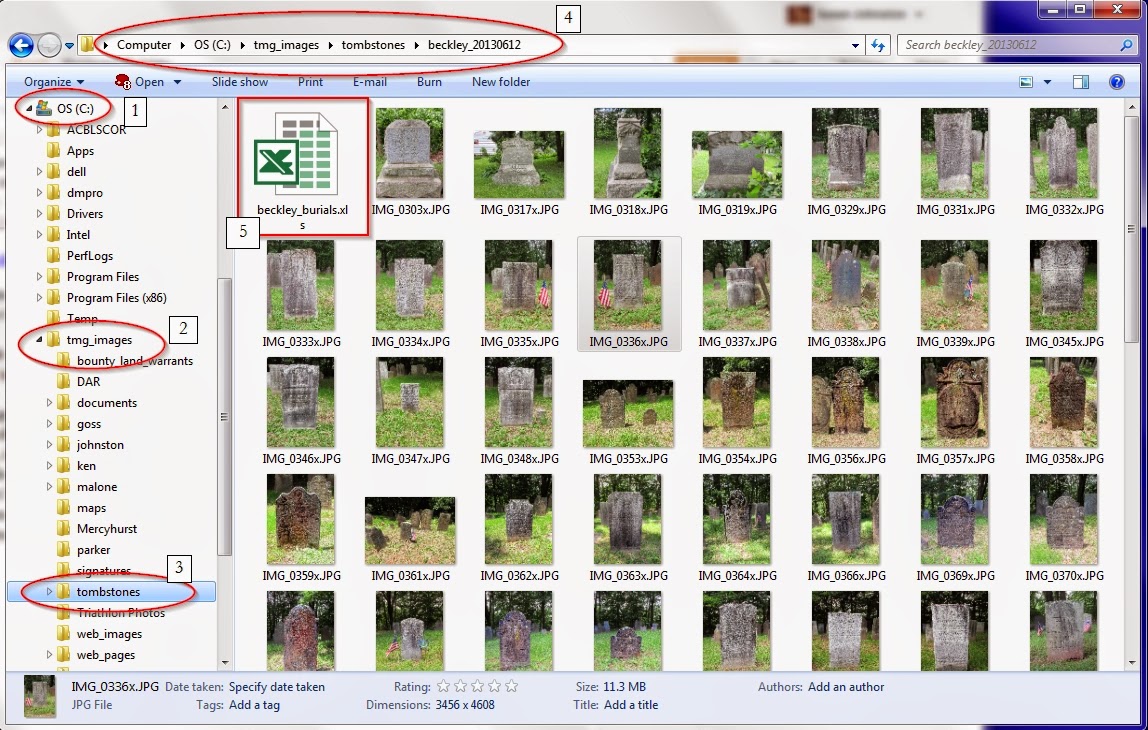NOTE: The TV-TMG User Group is taking a vacation in July -
No meeting until August!
Our August topic begins with a passenger list or naturalization record. Most of us have at least one in our family history; but, depending on the time period in which our families entered North America (or England, or Australia, etc., etc.), these records vary in content and availability. The following assignment questions deal with immigration into what is now the United States. Modify them as appropriate if your record of choice deals with immigration into another country.
- Cite your source.
- Did you use one of the TVTMG passenger list source type templates?
- If so, what problems did you encounter?
- If not, what template did you use - and why?
- Did you transcribe the information found in the record?
- If so, how did you enter that transcription in TMG?
- Do you visualize a report in which this transcription would be printed?
- Did you choose to abstract the information?
- Provide a screen shot of the tag, or tags, in which the information appears.
- How do you expect this information to appear in a report?
- Did you create a custom tag for this record?
- If so, provide a screen shot of that tag.
- What are the custom sentences you created for this tag?
- What law, or laws, governed the creation of your chosen record?
- If you don't understand how and why a record was created, your interpretation of that record may be incorrect. The answer to this question is more important than you might think.
- Finally, write a narrative deriving from this record.
- Remember, this narrative doesn't need to be long - just a paragraph or two is fine.
If your ancestors all crossed the Bering land bridge thousands of years ago, please contact me for an alternate assignment. There are no border-crossing records from that time period. :-)
Remember this year's goals.
- We want to develop the habit of analyzing each record we use, and not just enter each information bit without thinking about its meaning.
- We want to make conscious decisions on what data we want to enter into TMG, how we enter that data, and how we will use that data in our research.
- We want to develop the habit of writing research reports and real family histories, not just printing out pedigree charts and family group sheets.
- We want to make TMG fit our research needs and goals. We don't want to make our research practices fit TMG.











